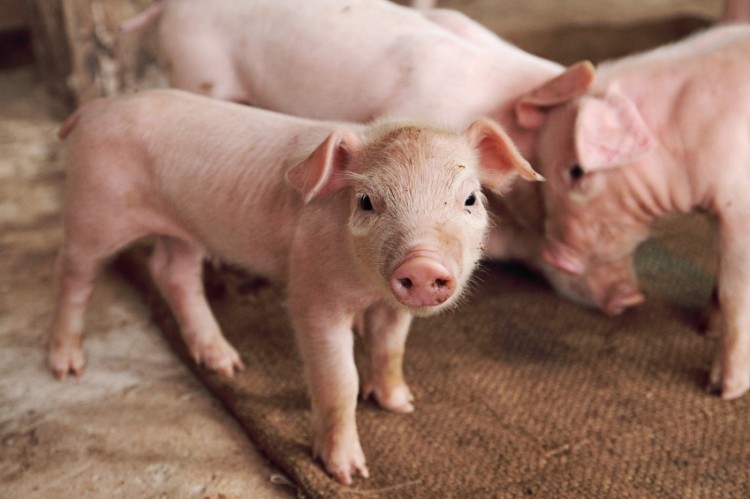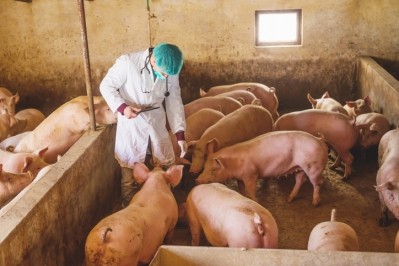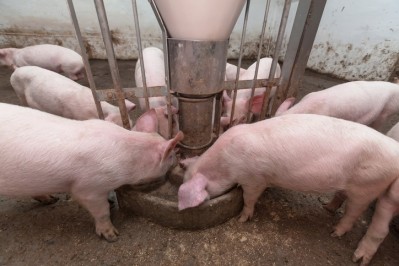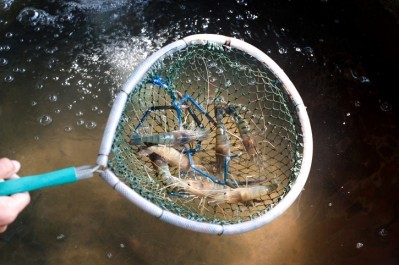FAO wants regional response to Asian ASF threat as China announces another case

The FAO is looking to establish a coordinated, regional response to the situation.
China produces more than half of the world’s pigs and, while ASF poses no direct threat to human health, the virus can devastate the swine population. In its most virulent form, it is 100% fatal to the animals who contract the virus.
The fear is that ASF will sweep through Asia and result in serious culling of pig herds.
To contain its spread within China, the authorities have culled as many 40,000 pigs so far.
The experts involved in the emergency meeting hail from Cambodia, China, Japan, Lao PDR, Mongolia, Myanmar, the Philippines, Republic of Korea, Thailand and Vietnam. Experts from outside of the region will also attend as will participants from the private commercial swine sector.
Representatives from the World Organization for Animal Health (OIE) will also participate.
Representatives from China will update the meeting on the latest numbers and actions being undertaken within the country.
History of ASF outbreaks
Outbreaks of ASF occurred in Europe and the Americas as early as the 1950s and throughout the 1980s, said the FAO. However, in 2007, a new introduction of ASF occurred in the Republic of Georgia, which then spread to neighboring countries and deeply affected Eastern Europe.
In Asia, ASF was first detected at a pig farm in the Siberian region of the Russian Federation in March 2017. In China, the virus was discovered in the country’s northeast in early August this year. Since then, five other cases have been reported in other areas of China as much as 1,000 kilometers apart.
The FAO said the emergency meeting will conclude on Friday with the setting up of a regional stakeholder network with defined roles and responsibilities. It’s expected that the teams will identify and prioritize the actions that are required for countries to take in the short, medium and longer term.
No vaccine exists to combat the virus. The EU has allocated a substantial amount of funds for research on vaccines for ASF through the sixth and seventh framework research project but it has not found a successful candidate vaccine yet.
US also on alert
The pathogen has high morbidity and mortality rates, said Paul Sundberg, executive director with the Swine Health Information Center. “For the most part, if a pig has ASF it is not going to survive,” he added.
“ASF coming into China where roughly half the pigs in the world are grown is a very significant event, and it’s a significant event to the Chinese and their reliance on pork and pork products, but it’s also a significant event to us in the US,” he told FeedNavigator last month. “For the US, it changes the game, the level of the game for our risk [of] introduction into the US.”
There are several potential methods of transmission for the disease including through contaminated feed or feed ingredients, and the outbreak in China raises concerns that it could be brought to the US, he said.








